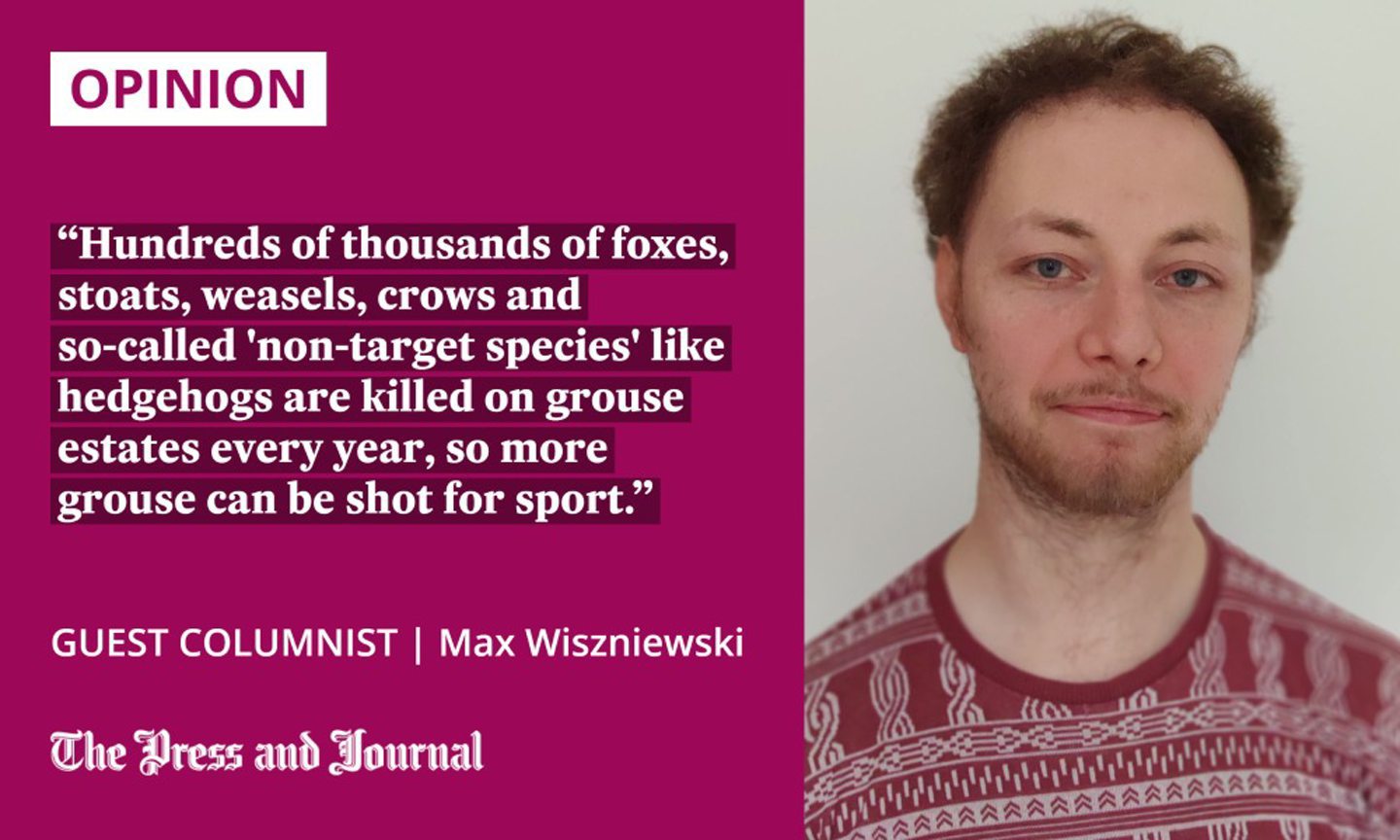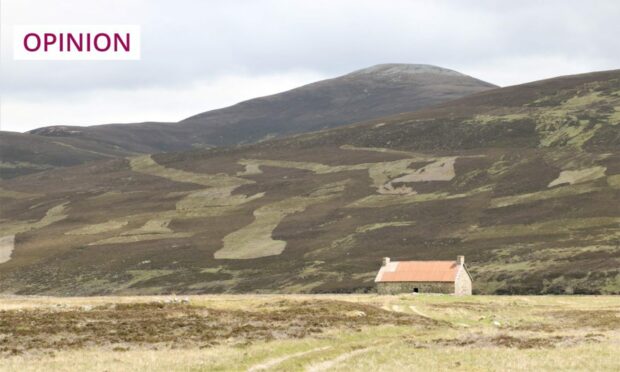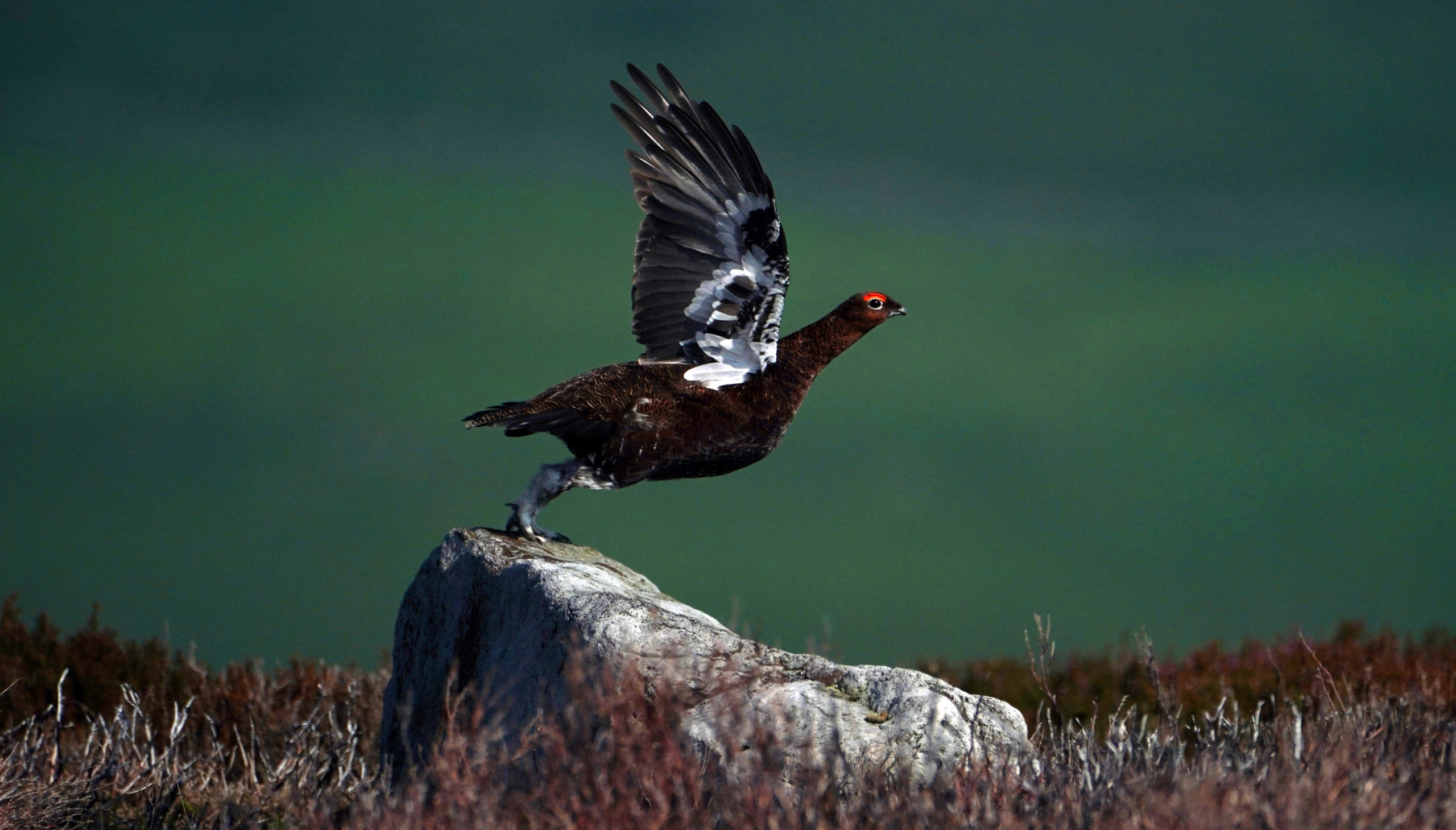The systematic, illegal persecution of birds of prey has been a blight in Scotland’s countryside now for decades, so much so that it was described by former first minister, Donald Dewar, as a “national disgrace”.
So, the recent publication of the Wildlife Management and Muirburn (Scotland) Bill, with the primary purpose of tackling wildlife crime, is something to be welcomed.
Yet, on the same day that our new first minister was sworn into office, news broke that another bird of prey – this time a red kite – had been found dead on a grouse moor. The shooting industry is laughing in the face of the legislation it will be fighting tooth and nail to oppose.
The new bill proposes to licence the shooting of grouse. If the terms of that licence are broken – such as a licence holder indulging in wildlife crime – then it can be removed.
So far, it seems sensible. But, beyond the illegal destruction of our protected species, hundreds of thousands of foxes, stoats, weasels, crows and so-called “non-target species” like hedgehogs are killed on grouse estates every year, so more grouse can be shot for sport.

Will this unsustainable practice be addressed by the new bill? The answer is: somewhat.
All legal traps will require a “licence”, serial numbers and, presumably, regular checking. Scottish Government oversight of the monitoring of the many thousands of traps on grouse moors to ensure legality will be no easy feat, and it would be expensive to do effectively. Should we be jumping through hoops just so a few people can shoot more grouse for sport?
Bill is an important intervention that should go further
Some big changes in muirburn could be brought about, though. On grouse moors, burning heather shapes the landscape to make it more suitable for grouse – so more of them can be shot.
About 40% of muirburn for grouse has taken place on deep peat, which is an internationally important carbon sequestration resource. Much of it lies in a degraded state on grouse moors, and continued burning is stopping it from regenerating and from rewetting and, therefore, actually emits carbon.
The Wildlife Management and Muirburn Bill proposes an effective ban on peatland burning but, once again, effective monitoring of huge land areas will be difficult and expensive.
Muirburn may still continue under licence in areas with no deep-peat, but should we be dishing out licences when the purpose is increasing grouse numbers for sport shooting? Scotland shouldn’t be pandering to the needs of this cruel, unsustainable and intensively managed industry.
By creating a circle of destruction around huge areas of our land, biodiversity and more diverse economic opportunities are missed for Scottish people and communities.
Overall, this bill as it stands is an important intervention. With a bit more courage to take on large estates and landed interests, it could become the very intervention Scotland’s people, wildlife and environment desperately need.
Max Wiszniewski is campaign manager for Revive, the coalition for grouse moor reform


Conversation